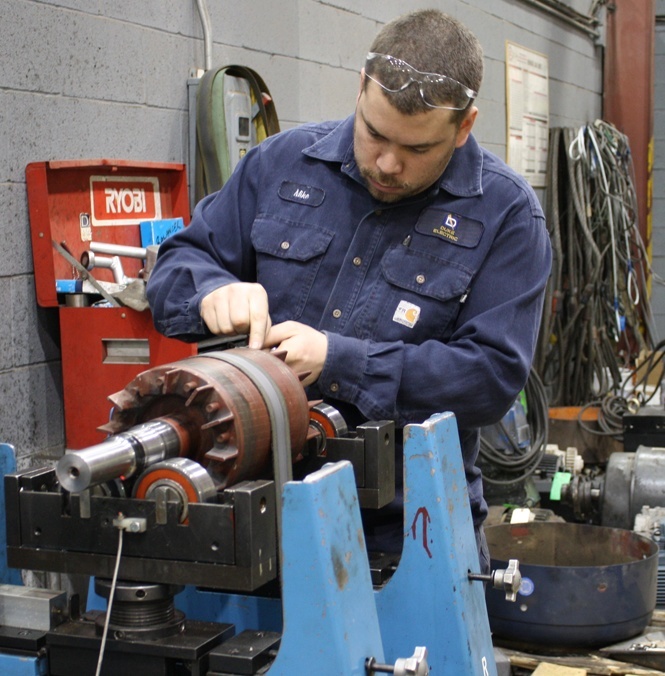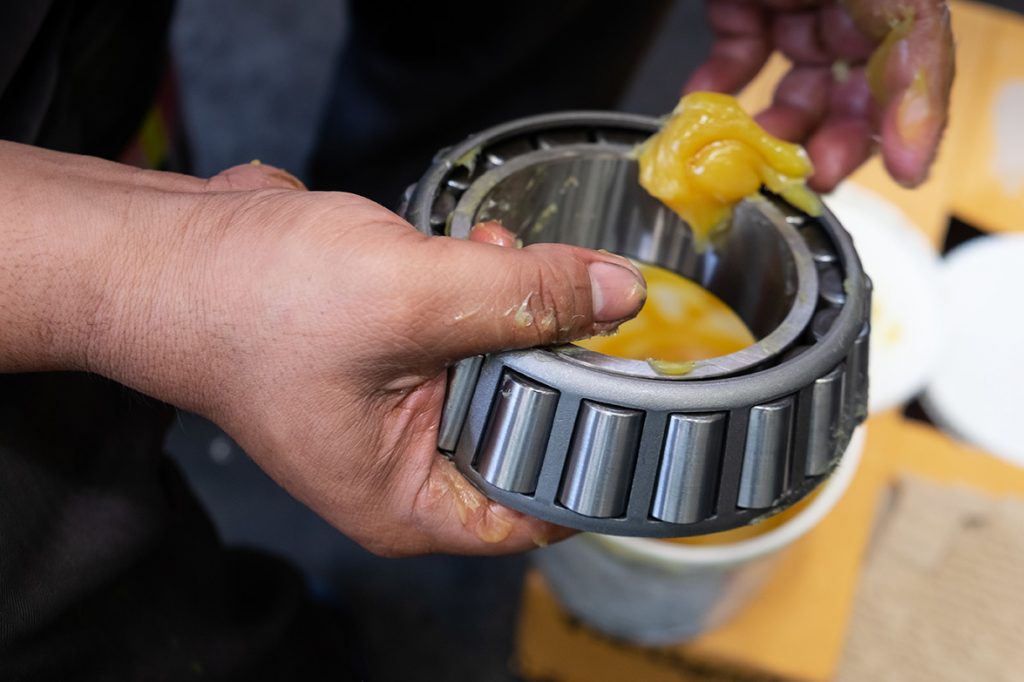Selecting the Right Explosion-Proof Motor June 2, 2022
At Duke, we love ourselves an explosion-proof motor. We’re CSA certified for explosion-proof repairs up to 1000 HP and can also help in selecting the right explosion-proof motor. But first, it’s important to understand what explosion-proof really means for electric motors, and how they are classified.
Motors that will be used in hazardous locations must meet special requirements to avoid serious safety issues. Hazardous locations are environments where explosive or ignitable vapours or dust are present. Explosion-proof motors are necessary to ensure that the external temperatures of the motor won’t ignite that vapour or dust and to ensure internal faults will be contained within the motor enclosure.
Selecting a motor for a hazardous location can be an intimidating task. It’s important to know that explosion-proof motors are only those approved for Class I locations, where explosive gases or vapours are present as a normal part of the manufacturing process. This leads us to the classifications of explosion-proof motors.
Classifications of Explosion Proof Motors
There are three components to determine what type of motor is suitable for different hazardous locations.
Classifications
Classifications are based on the atmosphere that the motor will be exposed to under normal operating conditions. There are three main classes:
- Class I: Gases, vapours, flammable liquids
- Class II: Combustible dust
- Class III: Ignitable fibres, combustible flyings
Groups
Classifications of hazardous locations are drilled down into groups defined by how volatile or explosive the atmospheric materials are and how concentrated the material is going to be in the operating environment.
Some examples of typical materials are found in each group, with A being the most volatile. Groups A to D applies to Class I, while Groups E to G apply to Classes II and III.
- Group A: Acetylene
- Group B: Butadiene, hydrogen
- Group C: Ethylene, cyclopropane
- Group D: Gasoline, acetone, alcohol, natural gas, propane
- Group E: Metal dust like aluminum and magnesium
- Group F: Dust such as charcoal, carbon
- Group G: Dust such as grain, flour, combustible plastics, chemical dust
Divisions
Hazardous locations are drilled down even further into divisions. There are two types of divisions, with Division 1 representing hazards present under everyday operating conditions.
Division 1:
- Concentration of flammable gases, vapours, or suspended combustible dust
- Hazards are present continuously, intermittently, or periodically
- Represents normal operating conditions
Division 2:
- Volatile, flammable liquids or flammable gases are present
- Hazards are usually confined within closed containers or systems
- Hazards only escape under abnormal operating or fault conditions
T-Codes
T-codes, or temperature codes, represent the maximum surface temperature of a motor under all operating conditions, including locked rotors and burnout. The t-code for a motor has to be less than the AIT of the gas or mixture present in the environment. AIT is the auto-ignition temperature of the gas in our hazardous location.
- T1: 842°F
- T2: 572°F (T2A: 536°F, T2B: 500°F, T2C: 446°F, T2D: 419°F)
- T3: 392°F (T3A: 356°F, T3B: 329°F, T3C: 320°F)
- T4: 275°F (T4A: 248°F)
- T5: 212°F
- T6: 185°F
Navigating the classifications, groups, divisions, and T-codes for a hazardous location motor can be difficult. A standard error is choosing a division 1 motor for a division 2 environment, resulting in a more expensive motor.
At Duke, we can help you find the right motor for a hazardous location or help you out with an explosion-proof motor repair (we love the weird and the wonderful).







